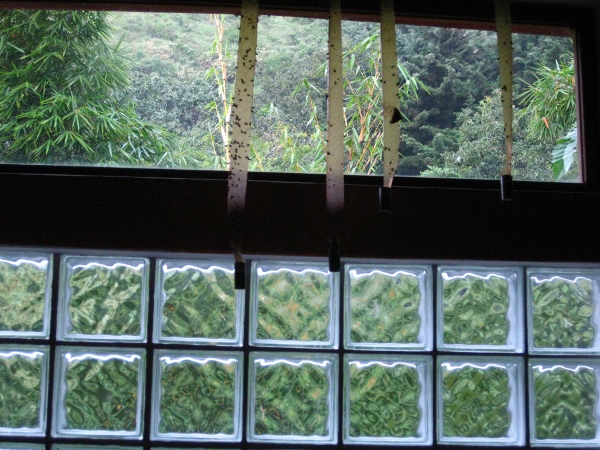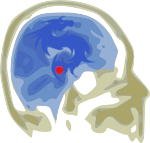
As the gears of large-scale agriculture seem unexplainably to be faltering in a post-Covid world, the imperative for smaller scale food producers to move some portion of their marketing, networking and sales online has become a clarion call.
But how to bridge the gap between virtual technologies and farming systems?
This is not to say that there are not some very technologically savy farmers out there. Unfortunately in order to address this real issue, some generalizations are necessary. In my work organizing farmers markets and farming systems, farmers tend to spend more time designing systems to manage water, protect their crops, and harvest than generally they do developing websites. If we have to start somewhere, let's start there.
There are some wonderful organizations out there who are working hard to bridge that gap including organizations like Oregon tilth (https://tilth.org/), the Community Alliance of Family Farmers (https://caff.org/) and Young Agrarians out of Canada (https://youngagrarians.org/) to name just a few.
They each in different ways are helping small farmers and CSAs bridge the technological gap between farm and table which increasingly is becoming a virtual phenomenon. CAFF, has wonderful resources particularly their Farmer to Farmer ECommerce Platforms analysis (https://caff.org/updated-ecommerce-report-for-the-small-farm/) which familiarize their community with information about a variety of platforms available for selling and tracking harvests, Innovation Challenges in the areas of DIY, Software and Hardware innovations, and conduct different webinars and workshops for their members, and the energy around these projects and programs in palpable. These resource delivery methods are also practiced in similar permutations by the other organizations mentioned above.
I recently read a meme that said something to the effect of, "Tell me how you will measure me, and I will tell you how I will behave." The notion itself is captivating: applying the Wave-Particle duality of photons (slit experiments with light) to human systems. I'd like to take this a small step further and apply it to business and farming systems.
Data is the 'produce' of information systems. Data is the harvest through which the outcomes of your labors become visible and traceable. Shared data is the harvesting method through which your outcomes are distributed to other participants in your ecosystem: it is the micorrhizal fungi of your economy, your nutrient distribution network for your organization, network or small farm in a post-COVID era.
Given this, membership organizations like the ones mentioned above are in a unique position to play a central role in the farming systems data management of their members.
There are many ways that this can happen but I want to posit a hand full of ideas here focusing on software connecting farmers to their buyers and to their business flows.
CSA Farming Software: a community approach.
1) There is an economy of scale involved in being a membership-driven organization - an aggregation of individuals who come together because there is strength in numbers. This strength in numbers could be leveraged as purchasing power to become a clearinghouse of discounted software platforms and solutions for their membership.
2) In addition, if these organizations had someone involved in helping set these systems up for different members, there is an opportunity to lead a group of farmers who are interested through a similar process vis a vis skill-sharing and online workshop curriculum development.
In addition, depending on the types of data kept about members and collaborations within an organization, group will and perhaps membership could be leveraged towards the development of a small scale (at first) pilot CSA software development assessment and project.
In this type of scenario, key members would self identify and help determine a ruberik of what a 'minimally viable product' would look like that would serve the greater needs of the CSA and would identify exciting partnerships towards that end. Ideally the project would grow slowly as more members decide to participate and provide feedback.
Because the data already exists within these organizations and the communications infrastructures have already been developed and leveraged within these organizations, existing infrastructure could easily be repurposed to include communications and feedback about the project itself. In addition, there is a captive network of individuals who have much to gain by participating, giving feedback, and testing different solutions. In this way these existing membership organizations are ideally positioned to lead these types of projects and collaborations.
3) Collaborations within the membership network are ripe for picking, particularly with respect to the Innovation Challenge sponsored by Community Alliance with Family Farmers (CAFF). In addition to being a contest, because of the economy of scale of a membership organization, there are embedded opportunities to creatively draft collaborations between some of the Innovation contestants and winners and CAFF itself using a business incubator type model similar to the Innovation Center at the University of Arizona in Tucson (https://techparks.arizona.edu/UACenterForInnovation).
I, myself, entered a project into the Innovation Center (https://mars.jellobrain.com) and was accepted but was unable to participate because of some surgeries I was recovering from. Although I was not able to participate, I found the incubator business model to be inspiring particularly within the realm of small farming innovations at scale.
4) There is an ancillary benefit that I would like to close with. When data systems are developed intelligently to track these collaborations, the side effect is that at the end of a funding season, you have very easy to assemble data points that mark outcomes for your funders. Being able to demonstrate outcomes is key to engaging a membership and funders, and also a great feedback to learn from and take into account for further development.
